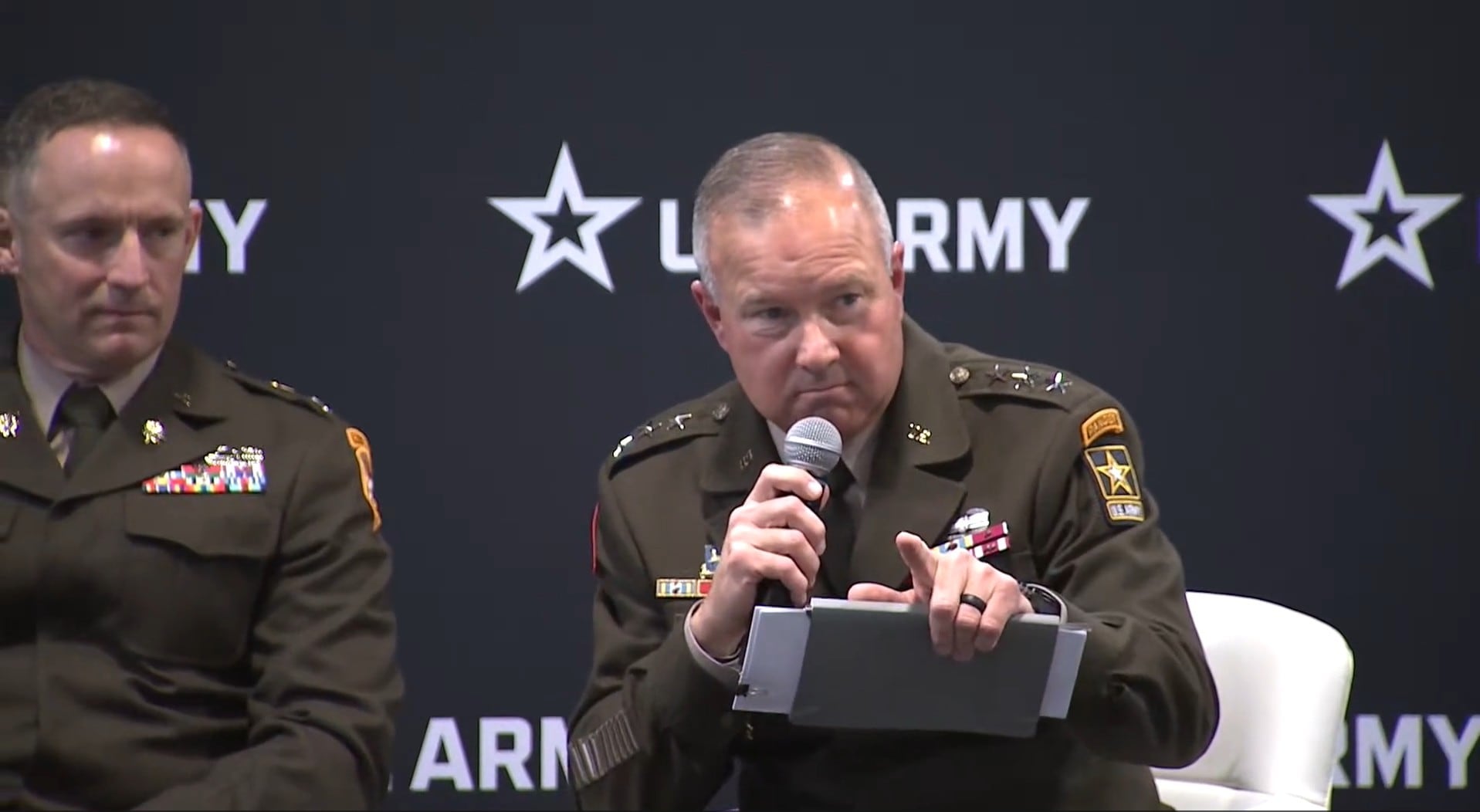CAMP PENDLETON, Calif. — As the Corps prepares to draft a plan the first draft of a plan to put small teams of Marines on more Navy vessels cargo ships, joint high speed vessels and even submarines, a three-star general explained what sort of missions these units might have from their new homes at sea.
Lt. Gen. David Berger, commander of the 1st I Marine Expeditionary Force, said that these alternative ships would be good for low-threat Marine operations like humanitarian assistance and disaster response missions. Corps officials have suggested Marines could soon end up on cargo ships, joint high speed vessels and even submarines, and Berger said Tthey would fit in nicely in situations where a well-protected amphibious ship is too much muscle for the job.
"They're not replacements for an amphib ship, but there are a lot of circumstances where there's a humanitarian crisis where you've got to move a lot of stuff from one place to another and the threat is low and you need a seabase," Berger told reporters here Monday. said. "That's what we're working on — how can these things fill in with capabilities where you're not facing the high-end threat where you don't need a combatant ship that, if nothing else, is survivable?"
In February, Commandant Gen. Joe Dunford, the commandant of the Marine Corps, wrote in his planning guidance said that the first draft of a new seabasing plan was near completion. The document is expected to will detail how Marines with two land-based units — Special Purpose Marine Air-Ground Task Force-Crisis Response-Africa, based in Spain, and Marine Rotational Force Darwin, based in Australia — will embark on vessels other than amphibs. besides the amphibious ships they have traditionally called home.
The plan is expected to detail explain how Marines they will get aboard these ships, get ashore, be sustained from the sea, and what types of missions for which they're best suited for.
Navy supply ships, surface combatants, aircraft carriers and other vessels were not designed with Marine amphibious operations in mind. They don't have well decks, nor do they have the stores of supplies found on amphibs. And the supply ships weren't designed to be as survivable as combatants — they're not as equipped to stay afloat and under their own power if they're damaged in an attack.
This means that they're not good for every mission, Berger said.
"If you're in a high-intensity conflict where you have to have a really tough time penetrating a high-end defense, you're not going to plow in there with an aluminum hull anything, not for very long," Berger said.
Marine The Corps leaders are looking to these vessels as alternatives to amphibious ships because the Ggator Navy is stretched thin, and the fleet can't keep pace with combatant commanders' demands. The Corps has also created land-based special purpose SP-MAGTFs to put Marines and their gear close to hot-spots and in a position to react quickly following the deadly 2012 attack on a U.S. consulate in Benghazi, Libya.
But operating from the sea has advantages over operating from the land, said Col. Matthew Trollinger, commander of the 11th Marine Expeditionary Unit.
Compared to Marines on the ground, iIt's easier to quickly move Marines and their gear more quickly when they're based on ships, and to sustain them once they're ashore, he said. Also, tThere are also fewer restrictions since they are operating from international waters. Ground-based units, however, are reliant on air assets that may or may not be available, Trollinger added.





